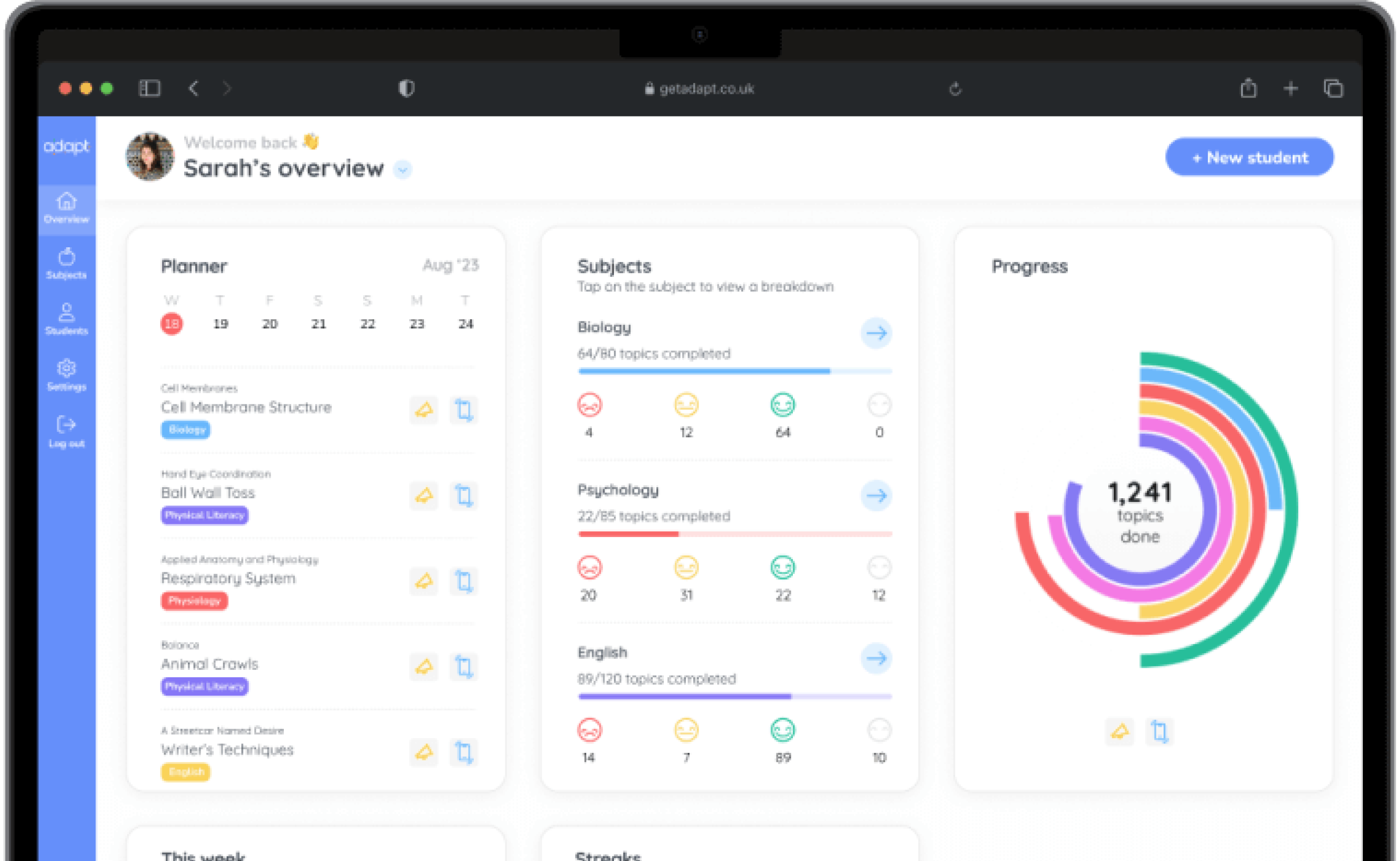Computer Science
Hardware and Communication
Hardware and Communication
🤓 Study
📖 Quiz
Play audio lesson
Hardware and Communication
Hardware
- Processors: Central Processing Units (CPUs) are essential for executing program instructions. They perform arithmetic, logical, control and input/output operations within a computer system.
- Main Memory: RAM (Random Access Memory) is vital for temporarily holding data and program instructions that the CPU uses frequently. ROM (Read Only Memory) is the non-volatile part of the main memory which retains data when power is switched off.
- Secondary Memory: This includes hard disks, optical disks and solid state drives. They provide long-term storage of files and programs.
- Input/Output Devices: These peripherals (e.g. keyboards, mice, monitors, printers) send and receive data to and from the computer system.
- Buses: Connect all components in a computer system allowing data to be transmitted.
- Understand the Von Neumann architecture. It's a computer design model where the storage and the processor share the same memory space.
- Also comprehend the Fetch-Decode-Execute cycle that underpins how any computer works.
Communication
- Understand network topologies like Star, Bus, Ring and Mesh. They're important for knowing how devices are connected in a network.
- Know the different types of networks: Local Area Network (LAN), Wide Area Network (WAN), Metropolitan Area Network (MAN), and Personal Area Network (PAN).
- Learn about network protocols (e.g. HTTP, FTP, TCP/IP, SMTP, POP3, IMAP). They govern how data is transferred across a network.
- Identify the difference between routable and non-routable protocols.
- Be familiar with the Client-Server model where servers provide resources and services to clients.
- Get to know about Peer-to-Peer networking which allows resources sharing among network devices without the need of a central server.
- Understand the concept of Virtual Networks and their benefits: e.g. VPNs that provide privacy and greater security online.
- Grasp how cloud computing provides on-demand network access to shared computing resources.
- Have a clear concept of hardware and software firewalls, which are instrumental for network security.





